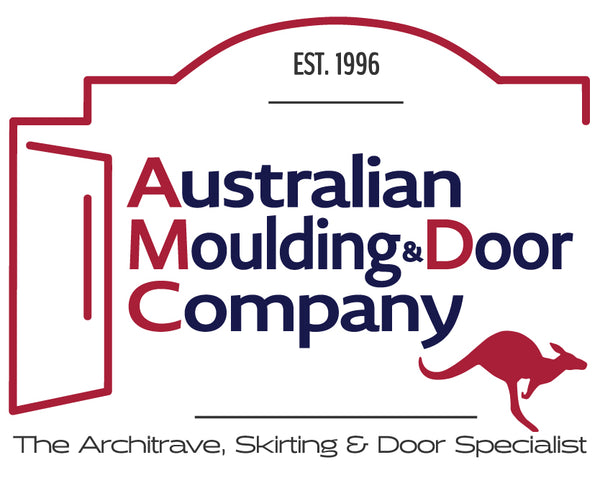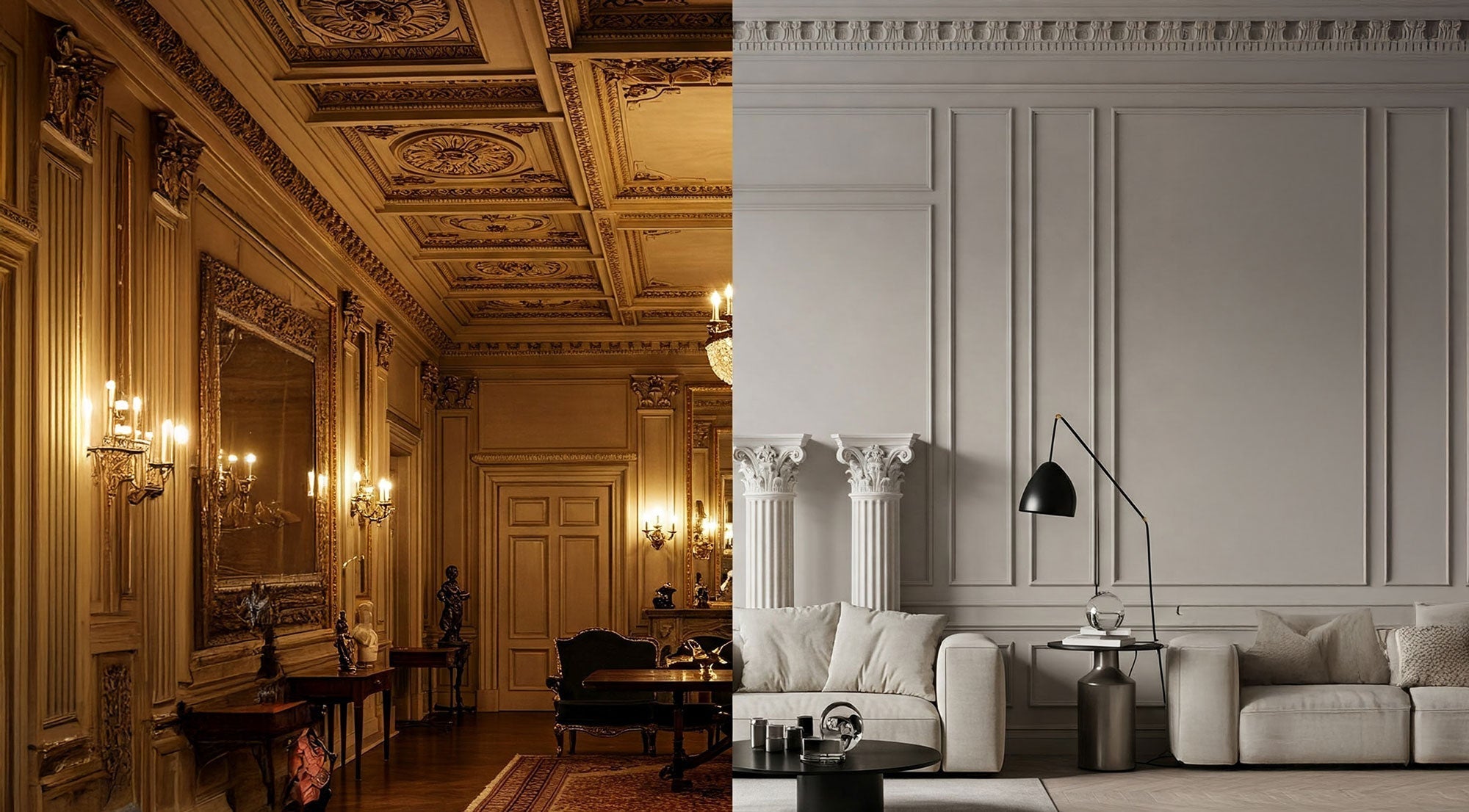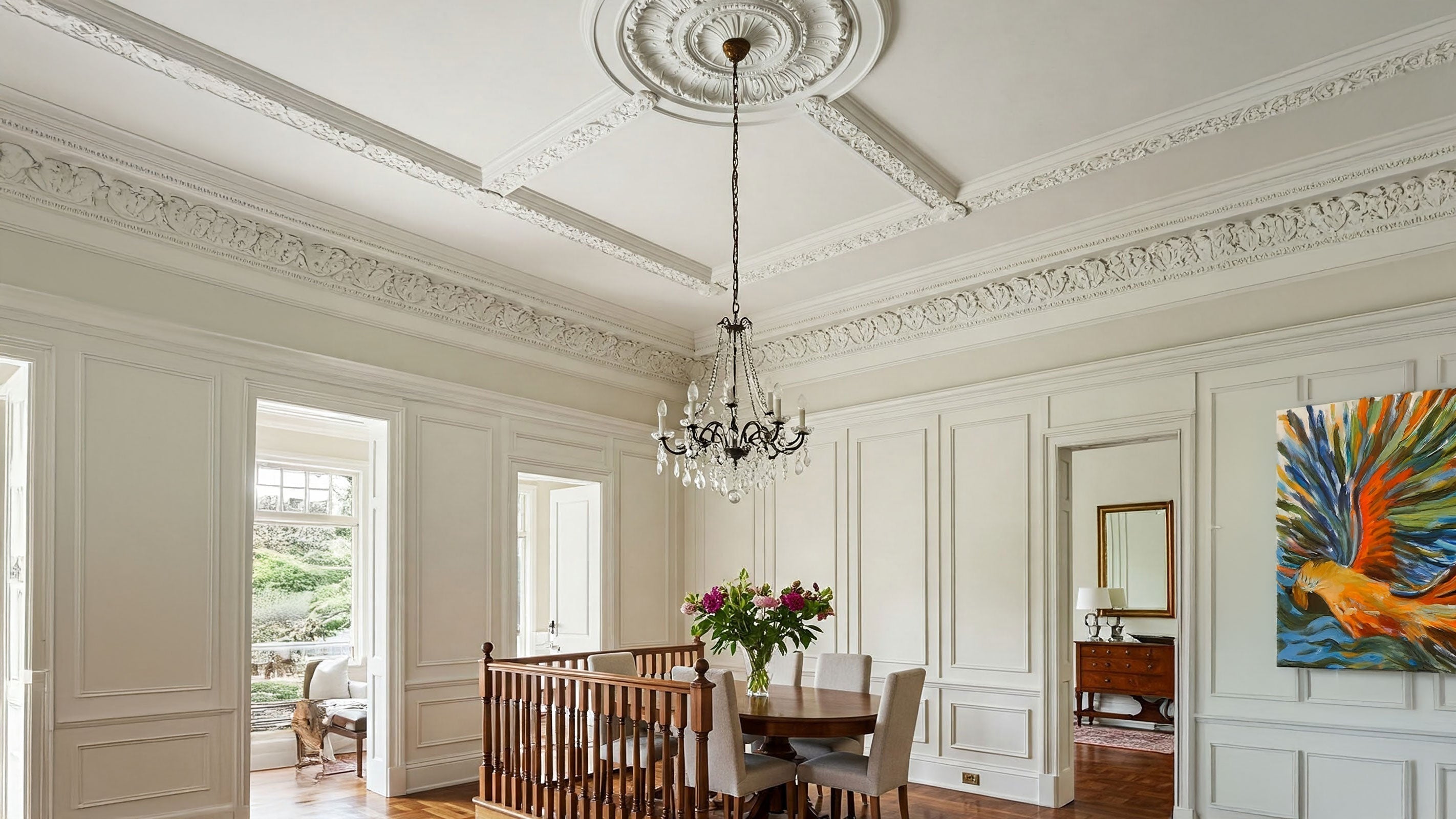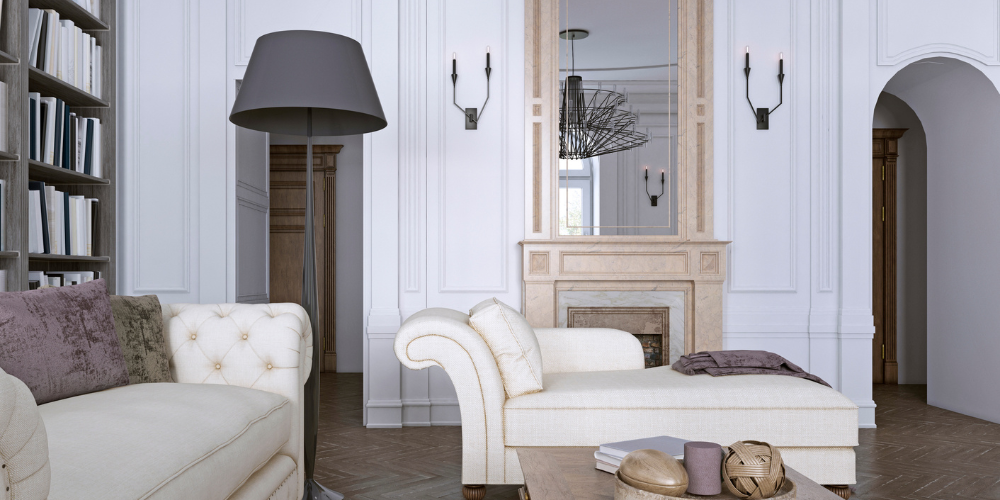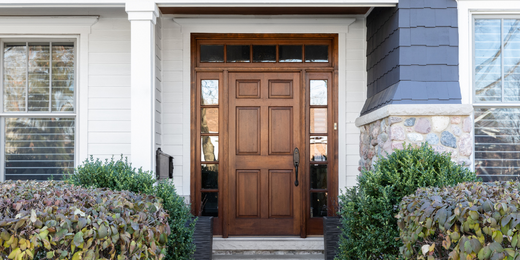Skirting boards might seem like a subtle feature, but they play a significant role in enhancing both the look and functionality of your home. Custom timber skirting boards, with their unparalleled quality, durability, and design flexibility, are the perfect choice for homeowners, builders, and renovators seeking to elevate their spaces.
From the careful selection of high-quality timber to the precision of detailed profiling and finishing, the manufacturing process of custom skirting boards reflects a dedication to craftsmanship and timeless design.
Read the Full Blog: Explore the intricate manufacturing process, benefits, and emerging trends in custom timber skirting boards. Learn more here.
